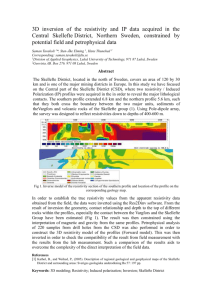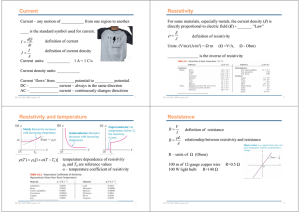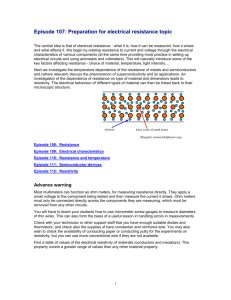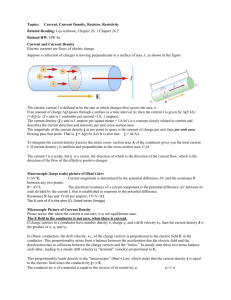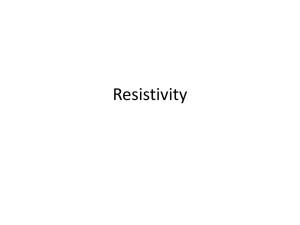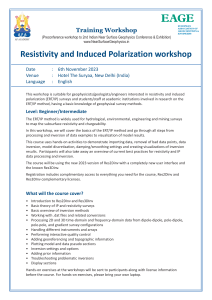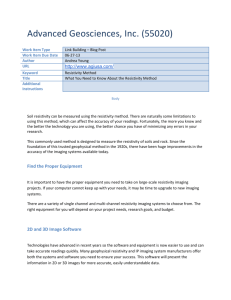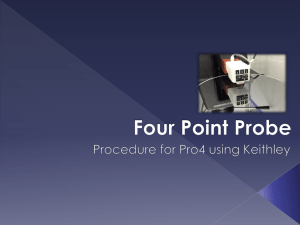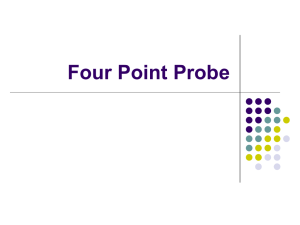readme
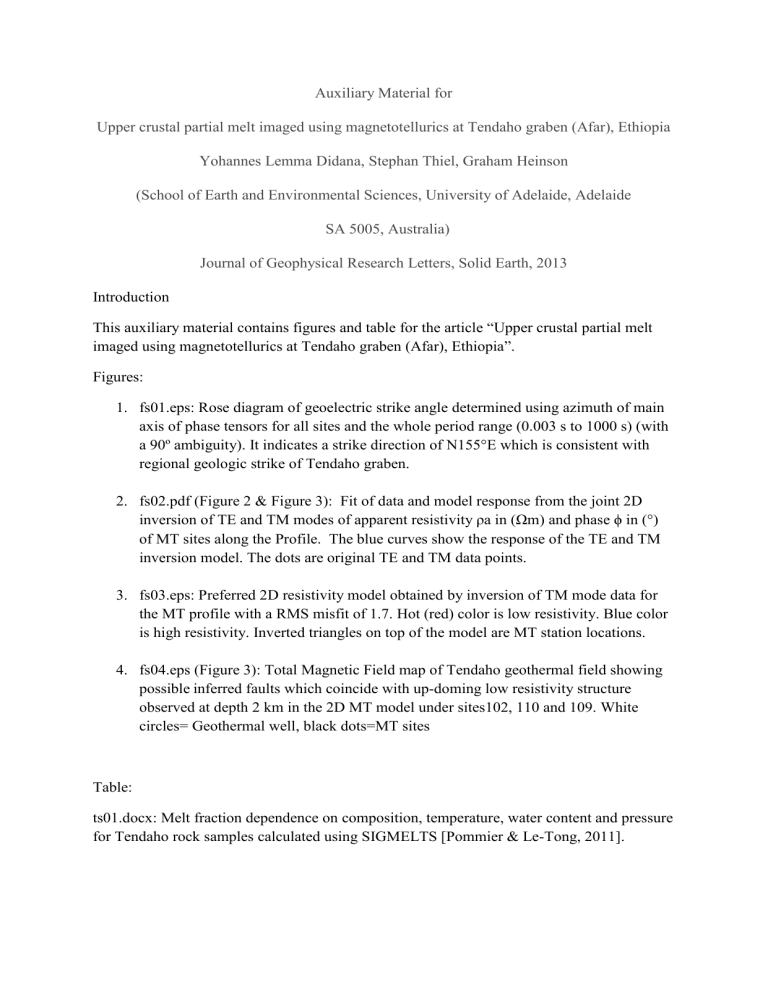
Auxiliary Material for
Upper crustal partial melt imaged using magnetotellurics at Tendaho graben (Afar), Ethiopia
Yohannes Lemma Didana, Stephan Thiel, Graham Heinson
(School of Earth and Environmental Sciences, University of Adelaide, Adelaide
SA 5005, Australia)
Journal of Geophysical Research Letters, Solid Earth, 2013
Introduction
This auxiliary material contains figures and table for the article “Upper crustal partial melt imaged using magnetotellurics at Tendaho graben (Afar), Ethiopia”.
Figures:
1.
fs01.eps: Rose diagram of geoelectric strike angle determined using azimuth of main axis of phase tensors for all sites and the whole period range (0.003 s to 1000 s) (with a 90º ambiguity). It indicates a strike direction of N155°E which is consistent with regional geologic strike of Tendaho graben.
2.
fs02.pdf (Figure 2 & Figure 3): Fit of data and model response from the joint 2D inversion of TE and TM modes of apparent resistivity ρa in (Ωm) and phase ϕ in (°) of MT sites along the Profile. The blue curves show the response of the TE and TM inversion model. The dots are original TE and TM data points.
3.
fs03.eps: Preferred 2D resistivity model obtained by inversion of TM mode data for the MT profile with a RMS misfit of 1.7. Hot (red) color is low resistivity. Blue color is high resistivity. Inverted triangles on top of the model are MT station locations.
4.
fs04.eps (Figure 3): Total Magnetic Field map of Tendaho geothermal field showing possible inferred faults which coincide with up-doming low resistivity structure observed at depth 2 km in the 2D MT model under sites102, 110 and 109. White circles= Geothermal well, black dots=MT sites
Table: ts01.docx: Melt fraction dependence on composition, temperature, water content and pressure for Tendaho rock samples calculated using SIGMELTS [Pommier & Le-Tong, 2011].
